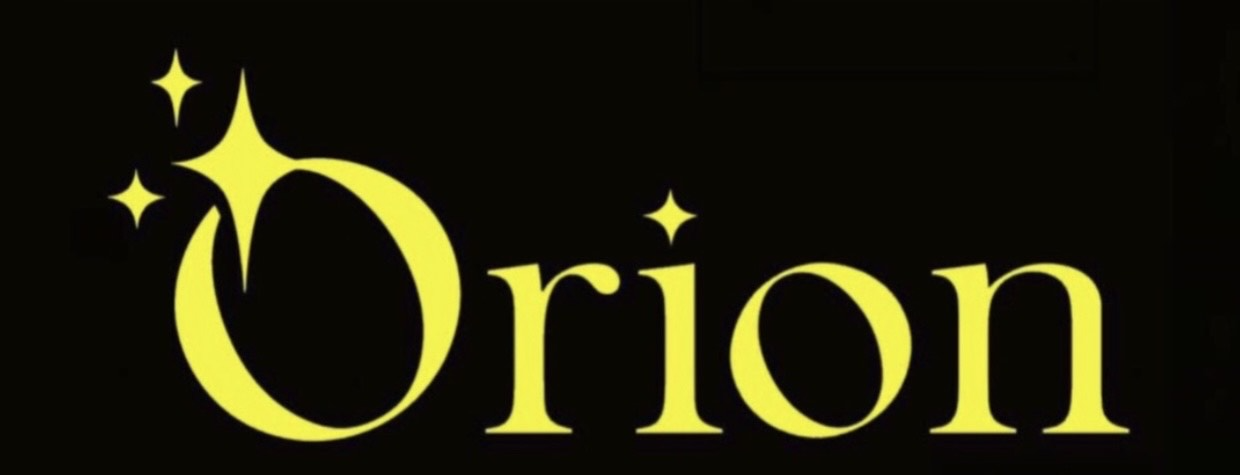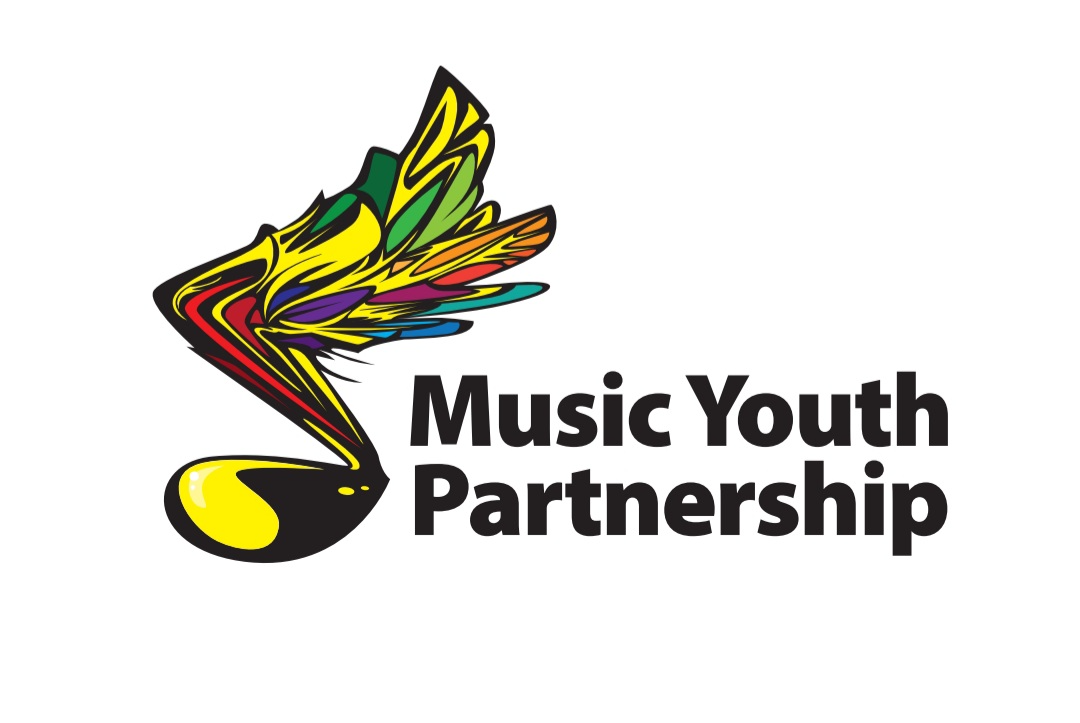
As a young researcher in the 1970s, Carol Dweck studied how students encountered failure. Throughout her work, she realized that some students blossomed in the face of challenges, while others shut down altogether. In addition, the students willing to embrace challenge and wrestle with failure obtained more positive results than the students who used avoidance tactics when they encountered an obstacle in their learning. Quickly, she shifted her research focus to study this phenomenon, and began seeing it everywhere in the world around
her- in education, parenting, business, and even sports. Eventually, she came up with a name for
it: mindset. In her work, Dweck identified two separate mindsets: fixed mindset and growth
mindset. She defines them as follows:
Fixed Mindset: The belief that people are born with a fixed amount of intelligence and
ability. People operating in the fixed mindset are prone to avoiding challenges and
failures, thereby robbing themselves of a life rich in experience and learning (2016).
Growth Mindset: The belief that with practice, perseverance, and effort, people have
limitless potential to learn and grow. People operating in the growth mindset take on
challenges with the understanding that making mistakes and failing are essential to
growth (2016).
Both mindsets exist in us all. It’s whether we choose to view various situations through the lens of the growth mindset or the fixed mindset that makes all the difference. In Mindset, Dweck points out that all people begin life with a growth mindset. Think about infants. They don’t care if their babbling make sense while learning to speak and no matter how often they fall in learning to walk, they always get back up (2016). So, when do fixed mindsets develop?
As elementary music teachers, we watch our students grow from kindergarten through
the fifth or sixth grade. Their mindsets grow, alongside their bodies. Think about the typical
kindergarten excitement level when singing versus the all too frequent “I can’t sing attitude” of
many fifth or sixth grade boys. Somewhere along the way, that young man decided that he
couldn’t sing or realized he wasn’t singing as well as his peers, so instead of trying and failing
and trying again, he decided that he would rather not try at all. This all too familiar situation
occurs in the upper elementary music classrooms due to most people viewing musical ability as a God-given gift or inherent talent. For example, people seem to naturally sing well or poorly. Dweck says:
Just because some people can do something with little or no training, it doesn’t mean that
others can’t do it (and sometimes even better) with training. This is so important,
because many, many people with the fixed mindset think that someone’s early
performance tells you all you need to know about their talent and their future. (2016, p.
70).
The life of Mozart illustrates this point well. He struggled for over ten years before composing
the works we admire today. Before then, boring and patched-together chunks taken from other composers marked his pieces (Dweck, 2016, p. 56). Instead of quitting, Mozart constantly stretched himself, analyzed his pieces and addressed their weaknesses. Dweck’s research suggests that when students adopt the growth mindset, like Mozart did, that their achievement increases, along with their motivation (2016). So, how do we as music teachers develop this mindset in our classroom?
Teaching with a growth mindset perspective is a relatively new concept in education,
especially in music education, and even less so in elementary music, leaving many teachers
overwhelmed at the onset. Many teaching techniques can mark the beginning of this journey,
but I suggest starting by teaching your students about growth mindset, especially if this is a new concept for your students. Consider a read aloud for a simple beginning. For example, Drum Dream Girl: How One Girl’s Courage Changed Music by Margarita Engle and Rafael López and Hana Hashimoto, Sixth Violin by Chiere Uegaki illustrate growth mindset on a child’s level from a music perspective and make for memorable reference points as you coach this new way of thinking. These short videos also make a great start and explain growth mindset and the way the brain works in kid friendly terms. Some kids need concrete evidence that growth mindset works, so don’t hesitate to get into the neuroscience.
You’ll gain a better understanding, as well. After laying the groundwork, focus on your classroom environment. In Teaching Kids to Thrive: Essential Skills for Success, Silver and Stafford suggest six ways to create a supportive learning classroom that emphasizes effort, practice and determination (2017). These ideas can be applied in the music room.
- Growth Mindset Teachers Make Sure all Learners Get a Chance to Think. In a growth mindset classroom, teachers do not give away “the answer.” They provide students with the time and support needed to struggle. Think about the last time you immediately called on a student for the answer when asking which pitch began the melody on the board. How about the last time you called on a student to tell you how to find fa and they didn’t know the correct answer or got “stuck?” Did you “rescue” them by telling them where fa was or or by calling on another child? As easy as both of these are to do, don’t! Try waiting. After asking a question, wait at least three seconds before taking an answer. This allows all learners to process the question and formulate an answer. If a student incorrectly answers, try waiting five seconds (Stahl, 1994) . This encourages the learner to use their problem-solving skills to sort out another possibility. Be comfortable with silence. Just wait! After they’ve been given “think time,” try asking something like “Walk me through your process.” “How did you reach that conclusion?” or “What is another possible answer?” before calling a different student. This allows all students think about how they got their answer and if other possibilities exist.
- Growth Mindset Teachers Maximize Formative Assessment. Not every assessment needs a grade. In written assignments, try handing them back with specific written feedback only. Begin with feedback stems with like “One awesome thing about your composition is…” “I really like the way you…” “One thing that helps me is…” “This could improve if…” “I noticed that…” (Brock & Hundley, 2018). This helps students focus on the goal, not the grade and encourages them to take risks in their learning. In aural assessments, try using an alternative scale that focuses on mastery instead of a number. Some grades might be “Advancing,” “Developing,” and “Not Yet.” Involve your students in making specific expectations for each category and give strong examples of what each sounds like so the expectations are clear (Brock & Hundley, 2016). If a student does poorly on an aural or written assignment, consider using a reflection sheet that allows them to explain why/how they made mistake and how they could improve. Look at their reflections with them and allow them to try again.
- Growth Mindset Teachers Value and Model Risk Taking. Model risk taking by trying new things in front of the students. Try a new game or activity. If it doesn’t work, say, “Okay, that didn’t work. I see now where my mistake was. Let’s try something different,” instead of “Oh, we can’t do this. Let’s do something else.” Tell the students about musical mistakes you’ve made and how you kept on working. My students love to hear about my struggles in my Kodály levels musicianship class, complete with my instructor’s Hungarian accent. I remind them that every day I went back and kept trying, with the goal of being a little bit better than I was the day before. Don’t hesitate to remind your students that you are not a better musician than they are. Remind them that you are more experienced and that with practice and experience, they will grow, too. The more you try new things in front of your students and share stories of your struggles, the more quickly they will adopt the growth mindset.
- Growth Mindset Teachers Incorporate the Power of Yet. Every time a student says “I can’t” or “I don’t know,” respond with the word yet. For example, a students says that they can’t play E on their recorder without squeaking. You respond with, “You can’t play E without squeaking yet. You’ve got lots of time to practice and figure this out.” This implies that there is a path to understanding and growth, if they are willing to make the effort.
- Growth Mindset Teachers Turn Mistakes into Learning Opportunities. Growth mindset teachers help their students see the value in making mistakes as long as they learn from them. When a student struggles, say “Great mistake! What did you learn from what just happened?” “What will you do differently next time?” Encourage students to ask their peers to work with them as “mistake mechanics” to help pinpoint what went wrong and come up with strategies to fix errors. This works well on individual written assignments, as well as in large group work on the board. It’s a great way to students how mistakes can help us learn (Brock & Hundley, 2016).
- Growth Mindset Teachers Normalize the Struggle. Before the learning occurs, ask the students to predict where they might struggle. This lets them know that you expect them to make mistakes in their learning. For example, when reading the rhythm to a new song, ask the students to tell you where they think they might “have an oops.” Make sure to give enough “think time!” Then show them how to work through that possible “oops” spot before reading the entire rhythm pattern. In The Growth Mindset Playbook, Brock and Hundley suggest making a bulletin board of “imperfect papers” for written assignments Think about how your students will feel when they see that others
make the same composition errors. They can see what doesn’t work and then build on what does, normalizing the mistake (2017). - Growth Mindset Teachers Use Process Praise. Research shows that choosing growth mindset language when communicating with students greatly influences their mindset and academic performance ( Smith, Brumskill, Johnson, & Zimmer, 2018; Park, Gunderson, Tsukayama, Levine, & Beilock, 2016). Don’t praise students for being the smartest, first or the best. Focus on the process, not the person! Instead of saying “You’re a natural at music,” try saying, “The melodies you just sight read didn’t give you much of a challenge. Let’s move on to some that will really stretch your brain!” Try
something like, “Keep practicing. Every day you get closer to mastering moving to the beat,” instead of “Maybe moving to the beat just isn’t your thing.” This ties the success or struggle to the one specific action, not to the child as person. Give specific feedback that addresses what the student has done well or what still needs improvement. Replace “Great job!” with “Great work using your body staff to show me the pitches that you hear.” “You need more practice on hearing how many sounds are on each beat. The more you practice, the more you will grow,” is much more specific and supportive than “You’re not getting it.”
Growth mindset teaching is something from which all students can benefit. Recent
research Dweck and her colleagues conducted revealed that students who indicated a strong
growth mindset, regardless of their socioeconomic status, had better outcomes than students with strong fixed mindsets, and that growth-mindset students from low-income backgrounds fared better academically than economically privileged students with fixed mindsets (Claro, Paunesku, & Dweck, 2016). This indicates the potential for closing achievement gaps through growth mindset instruction, which should encourage you to begin your intentional growth mindset teaching. Be cautioned, though; developing a growth mindset is a constant and continual process and should not be seen as a temporary intervention. Fraser’s research shows that for long-term effectiveness, a permanent change to teaching and learning must be made (2017). One-off interventions such as creating a bulletin board with the “power of yet” or offering a few videos on growth mindset will not transform your classrooms, but you can transform it by continually modeling and working towards what the mindset looks like. “Take small steps to improve each day, and give yourself grace and forgiveness when you miss the mark” (Brock & Hundley, 2016). Don’t give up. You might not be a growth mindset expert yet, but if you keep stretching your brain by trying new things, you will get closer and closer to being an expert each day!
References
Brock, A., & Hundley, H. (2016). The growth mindset coach: A teacher’s month-by-month
handbook for empowering students to achieve . Berkeley, CA: Ulysses Press.
Brock, A., & Hundley, H. (2017). The growth mindset playbook: A teacher’s guide to promoting student success . Berkeley, CA: Ulysses Press.
Brock, A. & Hundley, H. (2018). In Other Words: Phrases for Growth Mindset: A Teacher’s
Guide to Empowering Students Through Effective Praise and Feedback . Berkeley, CA:
Ulysses Press.
Class Dojo Growth Mindset, “The Mojo Show”. (n.d.). Retrieved April 27, 2019, from
https://ideas.classdojo.com/b/growth-mindset
Claro, S., Paunesku, D., & Dweck, C. S. (2016). Growth mindset tempers the effects of poverty
on academic achievement. Proceedings of the National Academy of Sciences, 113 (31),
8664-8668. doi:10.1073/pnas.1608207113
Dweck, C. S. (2016). Mindset: The new psychology of success . New York, NY: Random House.
Engle, M., & Lopez, R. (2015). Drum Dream Girl: How One Girl’s Courage Changed Music .
New York, NY: Houghton Mifflin Harcourt.
Fraser, D. M. (2017). An exploration of the application and implementation of growth mindset
principles within a primary school. British Journal of Educational Psychology,88 (4),
645-658. doi:10.1111/bjep.12208
Park, D., Gunderson, E. A., Tsukayama, E., Levine, S. C., & Beilock, S. L. (2016). Young
children’s motivational frameworks and math achievement: Relation to teacher-reported
instructional practices, but not teacher theory of intelligence. Journal of Educational
Psychology, 108 (3), 300-313. doi:10.1037/edu0000064
Silver, D., & Stafford, D. (2017). Teaching kids to thrive: Essential skills for success . Thousand
Oaks: Corwin.
Smith, T., Brumskill, R., Johnson, A., & Zimmer, T. (2018). The impact of teacher language on
students’ mindsets and statistics performance. Social Psychology of Education, 21 (4),
775-786. doi:10.1007/s11218-018-9444-z
Stahl, R. J., & ERIC Clearinghouse for Social Studies, S. S. E. B. I. (1994). Using “Think-Time”
and “Wait-Time” Skillfully in the Classroom. ERIC Digest. Retrieved from
http://search.ebscohost.com.proxy.wichita.edu/login.aspx?direct=true&db=eric&AN=ED370
885&site=eds-live
Uegaki, C., & Leng, Q. (2015). Hana Hashimoto, sixth violin . Toronto: CNIB.























